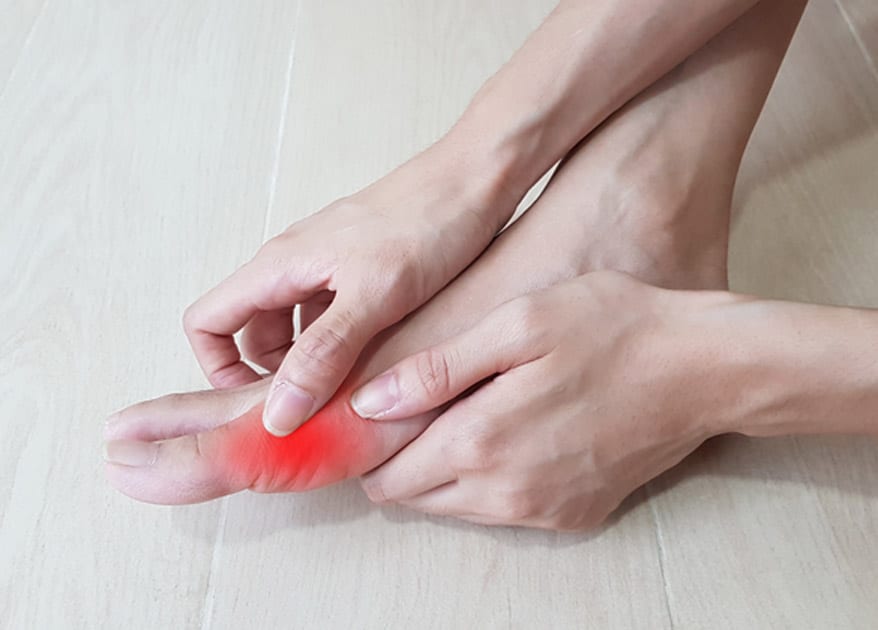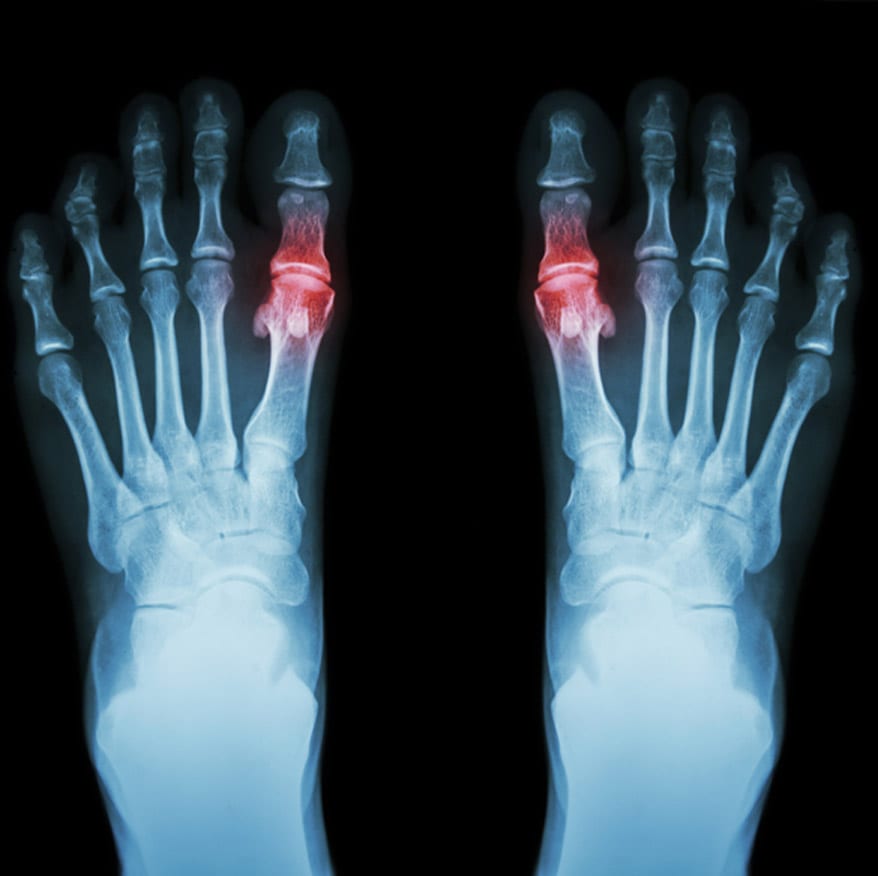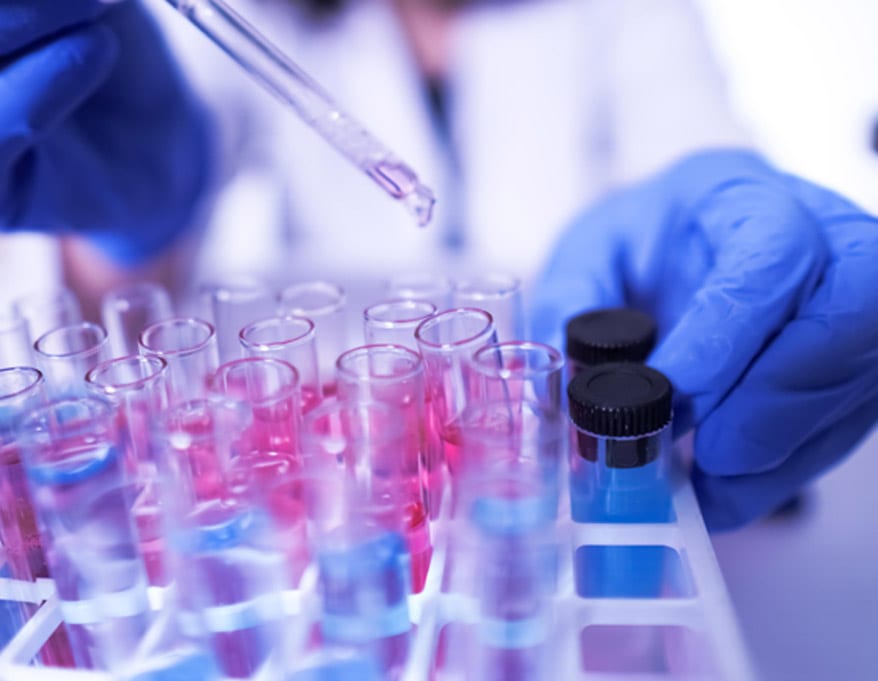
Gout is a common and complex type of arthritis that affects the joints.
Signs of Gout
Individuals with gout may experience the following symptoms:
- Intense joint pain. Gout typically affects the large joint of the big toe and may cause severe pain for up to 12 hours.
- Lingering discomfort. Once the severe pain has subsided, individuals may experience discomfort that may last from a few days to a few weeks. Future flare-ups may last longer and affect more joints.
- Inflammation and redness. Joints may become warm, tender, swollen and red.
- Reduced range of motion. As the disease progresses, individuals may not be able to move their joints freely.
It’s important to seek care for these symptoms as soon as possible, but especially if individuals also have a fever while experiencing joint pain as this can be a sign of infection. Left untreated, gout will lead to worsening pain and joint damage.
What Causes Gout?
Gout occurs when urate crystals accumulate in the joint, causing a gout attack, which is characterized by inflammation and severe pain. Urate crystals form when the body has high levels of uric acid in the blood.
Uric acid is produced when the body breaks down purines, naturally-occurring substances in the body. Foods like steak, organ meats, seafood, alcoholic beverages and drinks sweetened with fructose contain high levels of uric acid.
Under normal circumstances, uric acid should dissolve in the blood as it passes through the kidneys and into urine. However, if the body produces too much uric acid or the kidneys excrete too little uric acid, then this can lead to uric acid buildup, forming sharp, needlelike urate crystals in a joint or surrounding tissue.


Risk Factors
Individuals may be at increased risk of developing gout if they:
- Eat a diet high in meat, seafood and beverages sweetened with fruit sugar
- Consume alcoholic beverages, especially beer
- Are overweight
- Have certain medical conditions, such as diabetes, metabolic syndrome, and heart and kidney diseases
- Take certain medications, such as thiazide diuretics, low-dose aspirin, and anti-rejection drugs (taken by individuals who have undergone an organ transplant)
- Have a family history of gout
- Are male and between the ages of 30 and 50
- Are female and have gone through menopause
- Have experienced recent surgery or trauma associated with an increased risk of experiencing a gout attack
How Gout is Diagnosed
A physician may recommend one or more of the following exams to diagnose gout:
Joint fluid test. The physician will use a needle to withdraw joint fluid. Laboratory technicians will examine the fluid for urate crystals.
Blood test. A blood test will be done to measure levels of uric acid and creatinine in the blood. However, a blood test may be misleading and is typically used in conjunction with other tests to identify and diagnose gout.
X-ray imaging. An X-ray scan will allow the physician to rule out other causes of joint inflammation.
Ultrasound. A musculoskeletal ultrasound is used to detect urate crystals in a joint or in a tophus.
Dual energy CT scan. This type of scan is used to detect the presence of urate crystals in a joint, even when it is not inflamed. It is not a common scan because of the cost and it is not widely available.
Once gout is diagnosed, treatment will involve medication.

